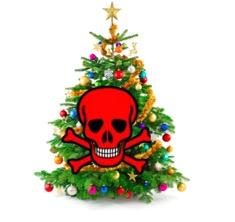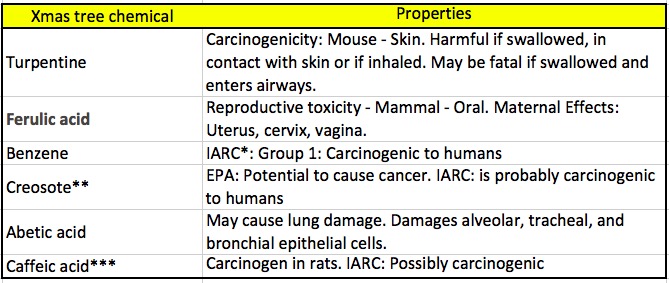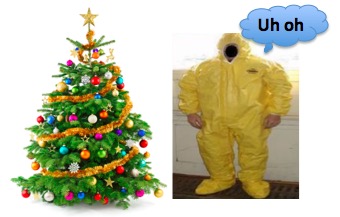
In the United States of Crazy, where we now seem to dwell, labeling seems to be the panacea for all that ails us. Sure, let's label everything, whether it helps, hurts, or does nothing. If people want to know that the sugar in their Pop Tarts comes from a GM-sugar beet as opposed to a plain old stinky old one, (even though it makes absolutely no difference- none), fine. BPA-free? Sure, why not? It has letters in it. Except that it's been used for 70 years and has never been shown (by real science) to harm anyone. California, thanks to its insane Proposition 65 list, makes hotels post cancer warning labels because the furniture, carpet, whatever, contains tiny amounts of chemicals that might cause cancer (1).
Hell yeah! Put it on the label, so that the people who have been intentionally confused and scared out of their minds by the organic food industry, and by shady groups like EWG and NRDC will avoid (fill in the blank). The BPA-free labeling idea was a crowning moment in science if ever there were one. Since a "BPA-free" label = $$ a bunch of geniuses (2) switched to a different plastic component called. BPS. How did that work out? Not so well.

This dude wants his BPA back. Photo:rocknerd.com.uk
Turns out that whatever BPA was supposed to do, once it was tested, BPS did it worse, at least according to whatever silly method was used to determine what "worse" is. Oops.
In keeping in the spirit of the holiday (and procrastination) I thought it might be interesting to take a look at something with a whole lot of chemicals. You probably haven't even taken down the lights yet. But, be careful when you do: Pine trees. Those bad boys are just packed to the rim with chemicals, and some of them sound pretty scary. Here is a list of six (of tens of thousands). Next, please try to explain why anyone is still alive.

Six chemicals that occur naturally in pine. All toxicity data are from the Sigma-Aldrich catalog unless noted
* IARC is the International Agency for Research on Cancer. They really like to call things carcinogens. Latest examples are red meat and hot beverages.
** https://www.atsdr.cdc.gov/sites/KerrMcGee/docs/Creosote%20Health%20Effects%20(Tronox).pdf
***http://Ab https://www.ncbi.nlm.nih.gov/pubmed/2926083
So, there you go, boys and girls. You somehow made it through another Christmas without being assassinated by your Douglas fir. I'm pretty bad at predicting stuff, so the following probably won't happen next year. Or will it?

His previous job was refining uranium.
Notes:
(1) A sample of other deadly chemicals on the list: Alcohol, sand, wood dust, Valium, orange oil. You get it.
(2) I do not know for sure that Whole Foods switched over to BPS plastics so that it could trumpet it "No BPA!" labels, but I'll eat my shoes if they didn't. Yours too.



